
Iran Allocates $2.4bln to Funding Small Enterprises
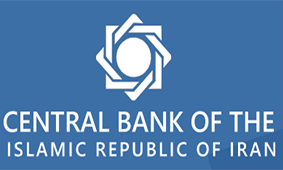
“The amount of credit paid to the manufacturing sector would increase this year while up to 300 trillion rials worth of credit would be earmarked to the SMEs,” Hemmati said on Sunday.
Another Iranian official said earlier in the day that the government would use resources from the country’s sovereign wealth fund to finance the SMEs.
Deputy Minister of Industry and Chief Executive of Iran Small Industries and Industrial Parks Organization (ISIPO) Mohsen Salehinia said that SMEs active in the manufacturing sector would receive up to $1.6 billion from the government in the form of loans.
The official said half of the budget would be financed through the Iranian banking system and the rest would come from the National Development Fund of Iran, a mechanism which is independent of the government budget and seeks to channel oil and gas revenues to the productive industries.
Reports have shown that SMEs accounted for around 10 percent of Iran’s non-oil exports last year as they managed to export $400 million worth of goods and services in the 12-month period ending on March 20.
Unverified estimates also suggest the SMEs, which have a limited number of personnel compared to large companies, make up more than 90 percent of businesses and enterprises across Iran.
Feeling the impacts of US’ unilateral sanctions since last year, the Iranian government has sought to diversify the economy and empower businesses that can boost export and reduce the country’s reliance on oil revenues.
Back in early March, Salehinia announced that Iranian SMEs, with majority of them active in the field of food, dried nuts, stone and garment industries, had exported $3 billion worth of products in an 11-month span between March 21,2018 - February 21, 2019.
He put the current number of industrial areas in the country at 983, of which 561 and 412 are related to the industrial towns and industrial parks respectively.
Salehinia further said that some 147,000 hectares of land have been provided for the SMEs, adding, "59,000 hectares has so far been registered and granted to the enterprises.”
This comes, while about 22 percent of industrial and production units in the country have faced recession during this year, he noted.
Creating necessary conditions for SMEs to develop and promote their products has been cited as one of the main aims of ISIPO, he reiterated.
Attracting financial resources and liquidity is one of the major requirements of these economic enterprises, he said, adding that “in this way, internal resources of banks and the National Development Fund of Iran (NDFI) will be used optimally.”


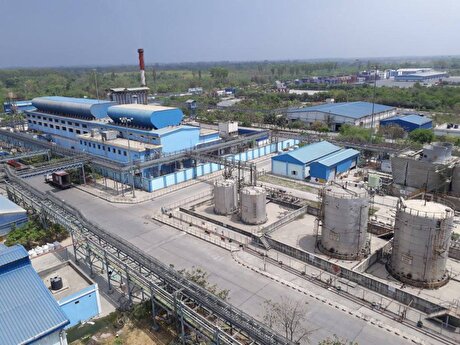
Hindustan Zinc to invest $438 million to build reprocessing plant

Gold price edges up as market awaits Fed minutes, Powell speech

Glencore trader who led ill-fated battery recycling push to exit

UBS lifts 2026 gold forecasts on US macro risks

Roshel, Swebor partner to produce ballistic-grade steel in Canada

Iron ore price dips on China blast furnace cuts, US trade restrictions

Emirates Global Aluminium unit to exit Guinea after mine seized
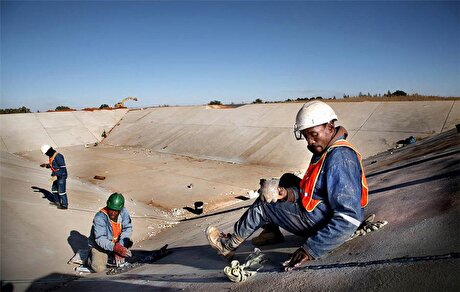
South Africa mining lobby gives draft law feedback with concerns

EverMetal launches US-based critical metals recycling platform

Barrick’s Reko Diq in line for $410M ADB backing

Gold price gains 1% as Powell gives dovish signal

Electra converts debt, launches $30M raise to jumpstart stalled cobalt refinery
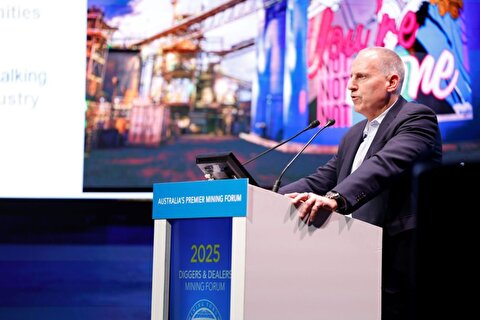
Gold boom drives rising costs for Aussie producers
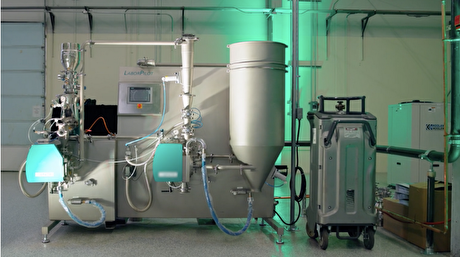
Vulcan Elements enters US rare earth magnet manufacturing race
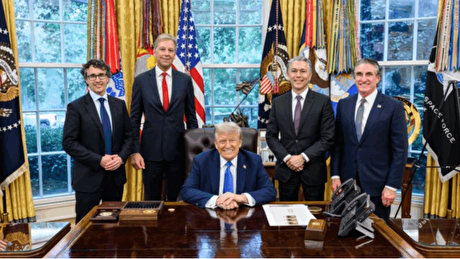
Trump raises stakes over Resolution Copper project with BHP, Rio Tinto CEOs at White House

US seeks to stockpile cobalt for first time in decades

Trump weighs using $2 billion in CHIPS Act funding for critical minerals

Nevada army depot to serve as base for first US strategic minerals stockpile

Emirates Global Aluminium unit to exit Guinea after mine seized

Barrick’s Reko Diq in line for $410M ADB backing

Gold price gains 1% as Powell gives dovish signal

Electra converts debt, launches $30M raise to jumpstart stalled cobalt refinery

Gold boom drives rising costs for Aussie producers

Vulcan Elements enters US rare earth magnet manufacturing race

US seeks to stockpile cobalt for first time in decades

Trump weighs using $2 billion in CHIPS Act funding for critical minerals

Nevada army depot to serve as base for first US strategic minerals stockpile

Tailings could meet much of US critical mineral demand – study
















